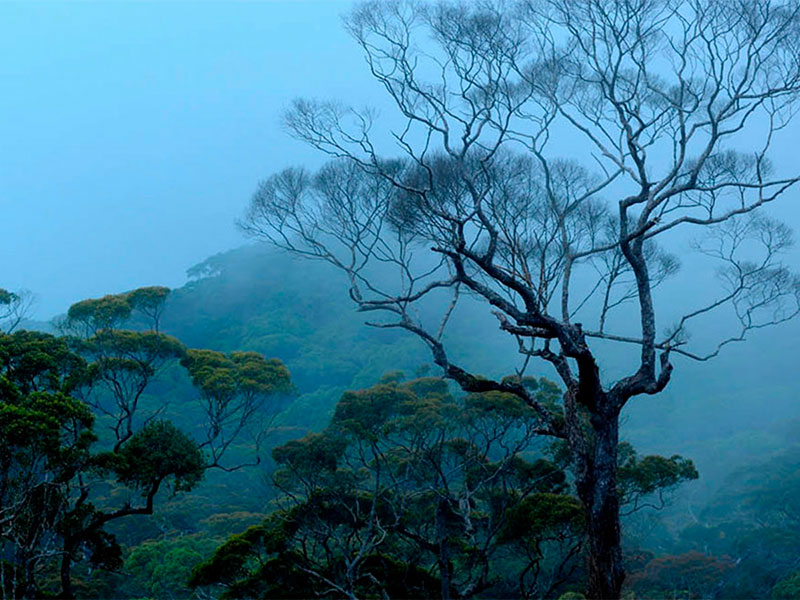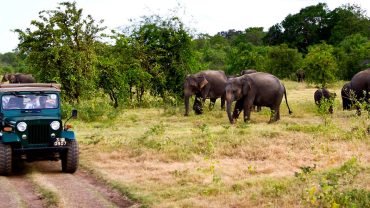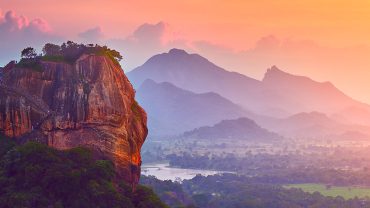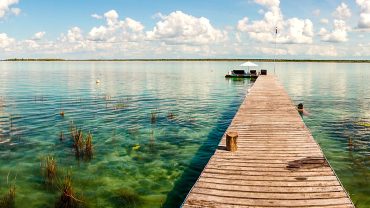Sri Lanka UNESCO World Heritage Sites
1. Introduction
Brief Overview
Sri Lanka, often called the “Pearl of the Indian Ocean,” is a treasure trove of rich cultural and natural heritage. From ancient cities to lush rainforests, the island is home to an array of extraordinary landscapes and historical monuments. Sri Lanka’s mix of Buddhist, Hindu, Muslim, and colonial influences adds to its vibrant and diverse heritage. With so much to offer, it’s no wonder that the country boasts a number of sites recognized by UNESCO for their outstanding universal value.
Purpose of the Post
By reading this post, you will gain valuable insights into Sri Lanka’s UNESCO World Heritage Sites, their historical and ecological importance, and why they are must-visit destinations. Whether you’re a history buff, nature enthusiast, or a traveler looking for an enriching experience, this guide will offer you a comprehensive overview of these unparalleled sites and prepare you for an unforgettable Sri Lankan adventure.
With this information at your fingertips, you’ll be well-equipped to plan a trip that’s not just visually stunning but also intellectually enriching. Let’s embark on this exciting journey to discover the epitome of Sri Lanka’s rich tapestry of history, culture, and natural beauty.
2. Cultural Sites
Anuradhapura: The Ancient City with Spiritual Significance
Anuradhapura, one of the ancient capitals of Sri Lanka, is a significant spiritual and historical hub. Home to some of the world’s oldest Buddhist shrines, the city’s stupas and temples draw pilgrims and history enthusiasts alike. A notable site here is the Sri Maha Bodhi, a sacred fig tree believed to be a sapling from the original tree under which Buddha attained enlightenment.
Polonnaruwa: The Medieval Capital with Its Awe-Inspiring Ruins
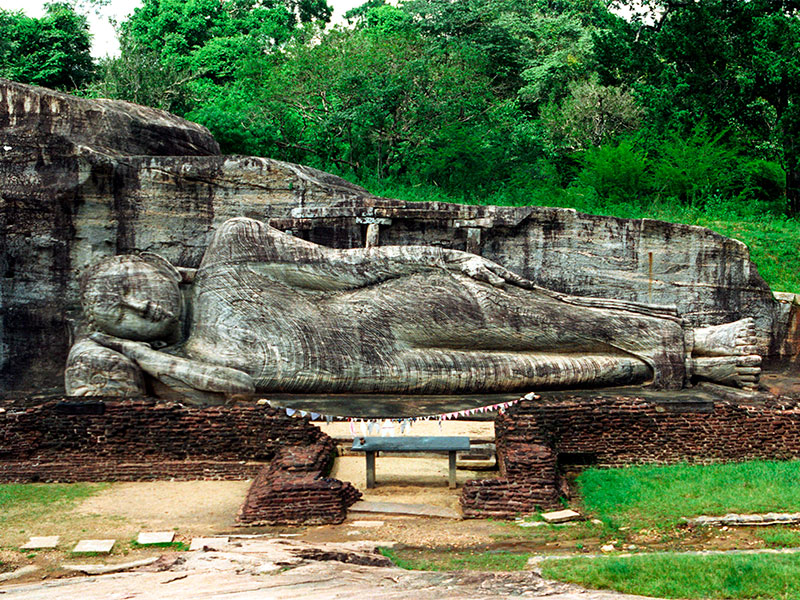
Polonnaruwa succeeded Anuradhapura as the island’s capital and is renowned for its well-preserved ruins. Known for structures like the Royal Palace and Gal Vihara, the city embodies classical Sinhalese architecture and sculpture. Here, you’ll witness the grand vision of rulers like Parakramabahu the Great, who commissioned many of the city’s magnificent edifices.
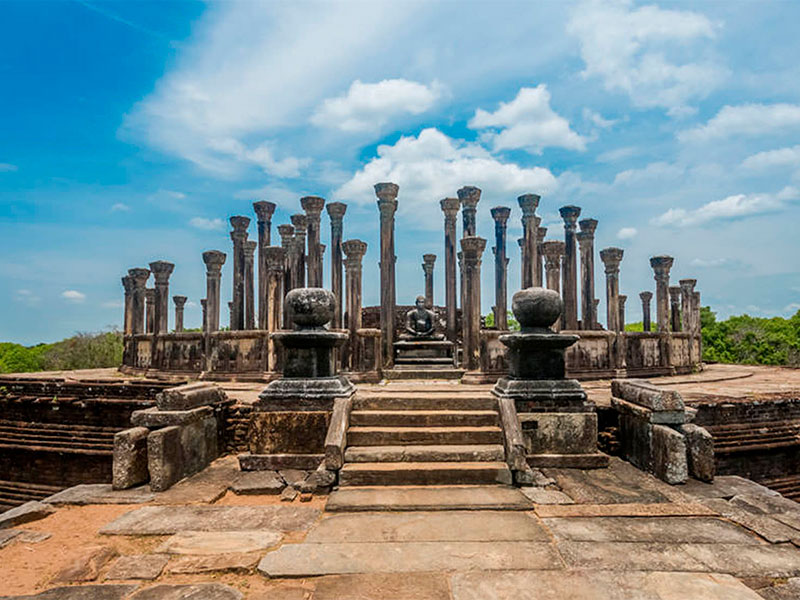
Sigiriya: The Rock Fortress Known as the “Eighth Wonder of the World”
Sigiriya, a rock fortress towering 660 feet above the surrounding jungles, is a masterpiece of construction, irrigation, and artistry. Built by King Kashyapa in the 5th century AD, this site is famous for its Frescoes and the Lion’s Gate, making it a must-see wonder on the island.
Galle: A Historical City with a Unique Blend of Colonial Architecture
Galle is a living testament to Sri Lanka’s colonial past. The Galle Fort, a UNESCO World Heritage Site, beautifully captures the Dutch, Portuguese, and British influences in its architecture. Cobblestone streets, boutique shops, and historical edifices make it a delightful exploration ground for every visitor.
Kandy: The Cultural Heartland Featuring the Temple of the Tooth
Kandy, the last royal capital of Sri Lanka, holds the country’s cultural soul. The Temple of the Tooth, which houses a tooth relic of Buddha, is the focal point of the city. This temple not only reflects the nation’s rich history but is also an active place of worship and ceremony, making it a fascinating blend of the past and the present.
This segment of the post is a cultural feast for history aficionados, nature enthusiasts, and curious travelers. By visiting these sites, you’ll not only satisfy your wanderlust but also deepen your understanding of Sri Lanka’s multi-faceted heritage.
3. Natural Sites
Sinharaja Forest Reserve: A Biodiversity Hotspot
The Sinharaja Forest Reserve is Sri Lanka’s premier rainforest and a UNESCO World Heritage Site renowned for its rich biodiversity. Covering an area of 21,000 acres, this tropical lowland rainforest is a sanctuary for endemic and rare species of flora and fauna. From colorful birdlife to elusive mammals and a myriad of insects, Sinharaja is a paradise for nature lovers and eco-tourists. The forest offers guided trails that give you a unique opportunity to experience this ecological wonder up close.
Central Highlands: Home to Unique Ecosystems and Endemic Species
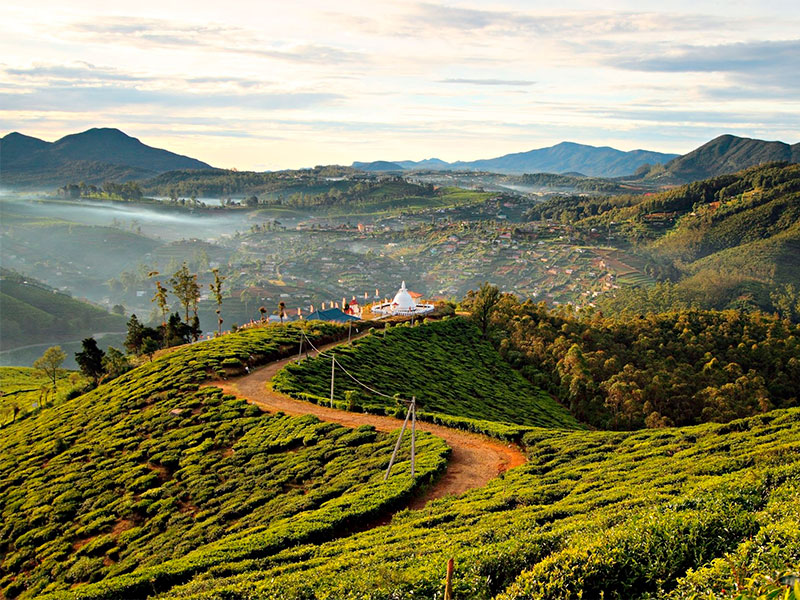
The Central Highlands of Sri Lanka is another World Heritage Site featuring breathtaking landscapes from cloud forests to grasslands. Located at an elevation ranging from 2,500 to 7,500 feet, these highlands are home to an array of unique ecosystems. One can find several endemic species of birds, mammals, and plants here, making it a vital area for conservation. The region is also famous for its picturesque tea plantations, providing visitors with a chance to learn about one of Sri Lanka’s most famous exports.
Whether you’re an avid birdwatcher, a trekking enthusiast, or simply someone who loves to be in the embrace of nature, these natural World Heritage Sites offer an unparalleled experience. They are not just showcases of Sri Lanka’s ecological diversity but are also vital for global biodiversity. Exploring these natural havens gives you a firsthand look at the island’s commitment to conservation and sustainable tourism.
4. Criteria for Inclusion
UNESCO Criteria for Cultural Sites
- Anuradhapura: This ancient city meets UNESCO Criteria i, iii, and vi, which pertain to representing a masterpiece of human creative genius, bearing a unique testimony to a cultural tradition, and being directly associated with events and living traditions. Its historical temples and stupas have not only stood the test of time but continue to be places of worship, linking the past to the present.
- Polonnaruwa: It qualifies under Criteria i, iii, and vi, similar to Anuradhapura, for its outstanding architecture and the significant role it has played in Sri Lanka’s history. The ruins exemplify the grandeur of a past civilization and its ingenious water management systems.
- Sigiriya: This rock fortress is recognized under Criteria ii, iii, and iv, for its influence on architecture and for being an exceptional testimony to the island’s historical civilization. The site illustrates significant stages in human history, such as the transition from kingdoms to empires in South Asia.
- Galle: Included for meeting Criteria iv, which relates to being an outstanding example of a type of building, architectural style, or landscape, Galle Fort reflects the interchange of European architecture and South Asian traditions.
- Kandy: This site fulfills Criteria iii and vi, for representing cultural traditions and for its association with living traditions, in particular, the annual Esala Perahera festival which is one of the world’s oldest documented religious ceremonies.
UNESCO Criteria for Natural Sites
- Sinharaja Forest Reserve: The site is included under Criteria ix and x, which focus on being outstanding examples of ongoing ecological processes and containing the most important natural habitats for in-situ conservation. The forest plays a pivotal role in the region’s biodiversity, making it a crucial component of global conservation efforts.
Sinharaja Forest Reserve - Central Highlands: The area meets Criteria ix and x as well, for its unique ecological processes and as a habitat for endangered species, some of which are endemic to Sri Lanka. The highlands showcase the intricate balance of ecosystems and their evolution over millennia.
Understanding the UNESCO criteria not only adds a layer of significance to these sites but also helps to appreciate the broader value they offer to humanity and biodiversity. Recognizing why each site has been granted World Heritage status can enhance your visit, making it not just a tour but an educational journey.
5. Must-Visit Spots
Cultural Sites
- Anuradhapura:
- Sri Maha Bodhi: The sacred Bodhi tree, considered the oldest living tree with a known planting date.
- Ruwanwelisaya Stupa: A magnificent white dome that holds immense spiritual significance.
- Polonnaruwa:
- Gal Vihara: A rock temple featuring a collection of Buddha statues carved from a single granite wall.
- Royal Palace: The grand ruins provide a glimpse into the lavish lifestyle of ancient rulers.
- Sigiriya:
- Lion’s Gate: The enormous lion paws mark the entrance to the palace and are a marvel of ancient engineering.
- Mirror Wall: A wall so polished that early visitors noted it reflected their own images.
- Galle:
- Dutch Reformed Church: A relic of the Dutch colonial era, this church contains an organ that dates back to 1760.
- Galle Lighthouse: Offers panoramic views of the ocean and the fort.
- Kandy:
- Temple of the Tooth: Holds the relic of the tooth of Buddha and is a must-visit for any spiritual seeker.
- Royal Palace Park: A tranquil garden ideal for a leisurely walk.
Natural Sites
- Sinharaja Forest Reserve:
- Research Center: Offers educational material on the diverse flora and fauna.
- Nature Trails: Guided tours through some of the last virgin rainforests in Sri Lanka.
- Central Highlands:
- Horton Plains: Features World’s End, a sheer cliff with a 4,000-foot drop.
- Adam’s Peak: A biodiversity hotspot and a pilgrimage site, known for the “Sri Pada,” a rock formation at the peak.
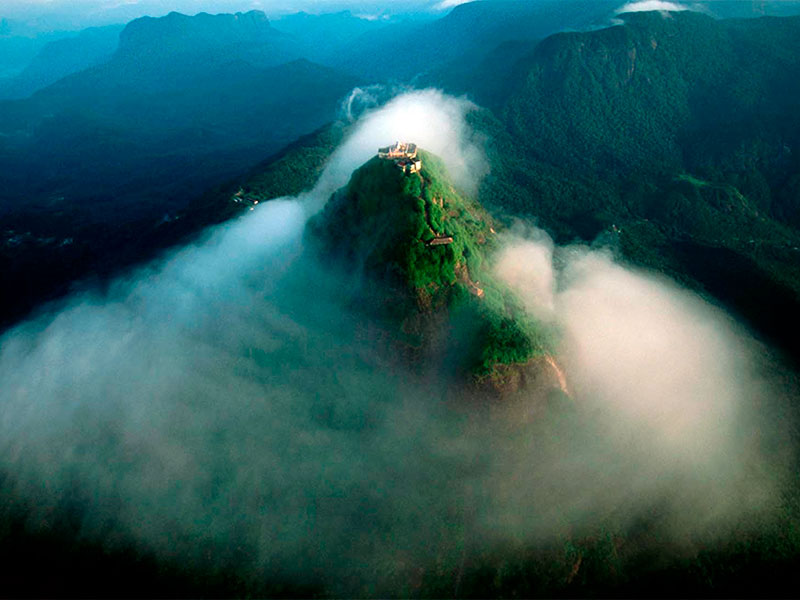
Each of these key attractions offers a unique experience that taps into the essence of the site it resides in. Visiting these spots will provide not only breathtaking views but also an insight into why these locations have gained UNESCO World Heritage status. Don’t miss out on these must-visit spots to get the most out of your journey through Sri Lanka’s rich heritage.
6. Practical Information
Best Time to Visit
- Cultural Sites: December to April is considered the dry season in the Cultural Triangle (Anuradhapura, Polonnaruwa, Sigiriya, and Kandy), making it ideal for exploration.
- Natural Sites: Sinharaja Forest Reserve is best visited between August and September, while the Central Highlands are most accessible from January to March.
Accessibility
- Cultural Sites:
- Most are easily accessible via road, and guided tours are widely available.
- Local buses and tuk-tuks are also options for budget travelers.
- Natural Sites:
- Sinharaja Forest Reserve can be reached by car, but a guided tour is recommended.
- The Central Highlands are accessible through organized treks or 4×4 vehicles.
Entry Fees and Special Requirements
- Anuradhapura: $25 per adult. Dress modestly covering shoulders and knees.
- Polonnaruwa: $25 per adult. Comfortable footwear recommended for extensive walking.
- Sigiriya: $30 per adult. Moderate physical fitness required for climbing.
- Galle: No entry fee for the fort area, but some museums charge a small fee.
- Kandy: $10 for the Temple of the Tooth. Respectful attire is advisable.
- Sinharaja Forest Reserve: $8 per adult. Hiking boots and rain gear recommended.
- Central Highlands: Varies by location, but typically around $15 per adult. Good footwear and warm clothing advised.
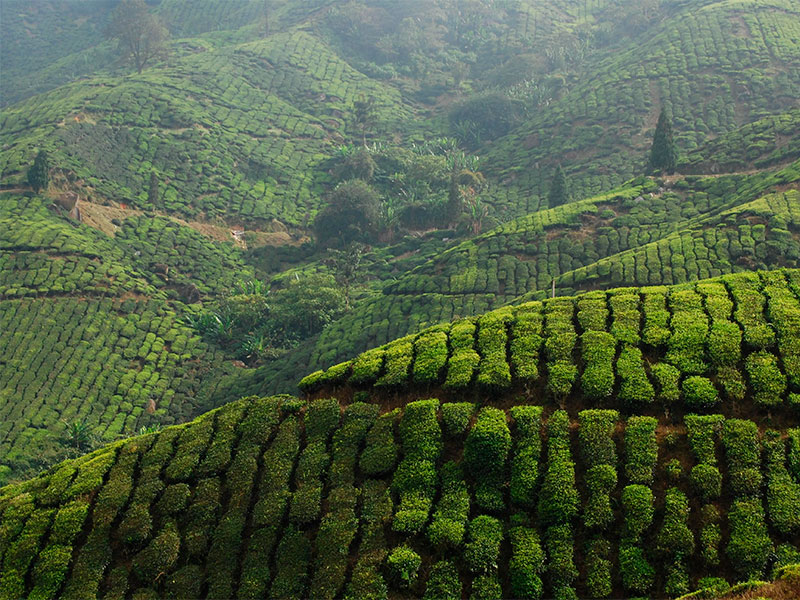
This section aims to equip you with all the essential information for a hassle-free visit to Sri Lanka’s treasured UNESCO World Heritage Sites. Take note of these practical tips to make your journey both enriching and enjoyable.
7. Insider Tips
Cultural Sites
- Anuradhapura: Don’t miss the Isurumuniya Temple, less crowded but equally mesmerizing.
- Polonnaruwa: Catch the sunset at Parakrama Samudra, a large reservoir that adds a poetic touch to the ruins.
- Sigiriya: Early morning visits offer cooler weather and fewer crowds, enhancing your climb.
- Galle: Wander off the beaten path and explore the narrow lanes for hidden gems like quaint cafes and artisan shops.
- Kandy: Visit during the Esala Perahera festival to witness a vibrant cultural extravaganza, but book accommodations well in advance.
Natural Sites
- Sinharaja Forest Reserve: Birdwatching is exceptional here; don’t forget your binoculars.
- Central Highlands: Consider local guides for hikes, as they can point out rare species of flora and fauna that you might otherwise overlook.
General Tips
- Local Cuisine: Don’t miss the opportunity to try some local dishes; many World Heritage Sites are near markets and eateries that offer authentic Sri Lankan cuisine.
- Souvenirs: Shop for unique handicrafts as a lasting memory of your visit.
- Photography: Always ask for permission before photographing locals or religious ceremonies. Some sites may also require a photography pass.
These insider tips aim to enhance your visit, making it not just a sightseeing tour but a deeper cultural and natural experience. Knowledge of these lesser-known facts and tips can significantly enrich your overall journey.
8. FAQs
Q: Do I need a special permit to visit any of these UNESCO World Heritage Sites?
A: Generally, no special permit is required, but some areas within the sites may have restrictions. It’s always good to check in advance.
Q: Are guided tours available?
A: Yes, guided tours are available for most sites. For a more enriching experience, consider hiring a local guide who can provide valuable insights.
Q: What is the average cost of entry?
A: Entry fees can vary, but expect to pay anywhere from $10 to $30 USD for major sites. Discounts are often available for students and groups.
Q: Is it safe to visit these places?
A: Sri Lanka’s UNESCO World Heritage Sites are generally very safe. However, always exercise general caution and heed any advice or guidelines provided at each site.
Q: Can I take photographs inside the temples and heritage buildings?
A: Photography policies differ from site to site. While some allow free photography, others might require a photography pass or restrict photography in certain areas.
Q: What should I wear when visiting these sites?
A: Modest attire is recommended, especially when visiting religious or culturally sensitive areas. Long pants and covered shoulders are usually a good choice.
Q: Are these sites kid-friendly?
A: Most sites offer a family-friendly environment, but keep in mind that places like Sigiriya involve a significant amount of climbing, which may not be suitable for young children.
Q: Are there any eating facilities nearby?
A: While not all sites have eateries inside, you’ll usually find a range of dining options in nearby towns or cities.
Q: What is the best time of year to visit?
A: The best time to visit depends on the region, but generally, the dry season from December to March is a good time for most sites.
By knowing the answers to these frequently asked questions, you’ll be better prepared and can make the most out of your visit to Sri Lanka’s stunning UNESCO World Heritage Sites.
9. Conclusion
In a country steeped in a rich tapestry of history, culture, and natural wonders, visiting Sri Lanka’s UNESCO World Heritage Sites is an unparalleled experience. From the awe-inspiring rock fortress of Sigiriya to the biodiverse realms of Sinharaja Forest Reserve, each site offers a unique slice of this enchanting island nation. These places not only serve as masterpieces of human endeavor and natural phenomena but also as living testaments to Sri Lanka’s multifaceted heritage.
The importance of these sites extends beyond their visual allure; they serve as educational platforms, spiritual sanctuaries, and hubs for cultural exchange. Whether you are a history enthusiast, a nature lover, or a spiritual seeker, these sites offer something to touch the soul and invigorate the mind.
So what are you waiting for? Dive into the beauty and richness of Sri Lanka’s heritage. Plan your trip now and discover why these places have earned their extraordinary status on the world stage. Your journey through Sri Lanka’s UNESCO World Heritage Sites promises to be nothing short of magical, enriching, and utterly unforgettable.

